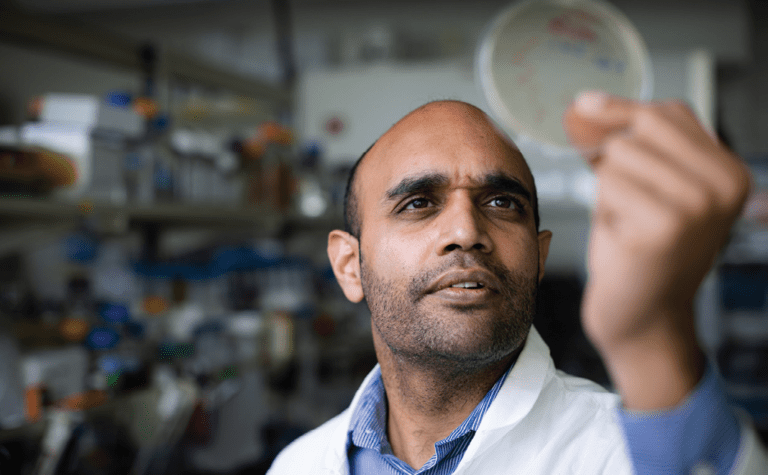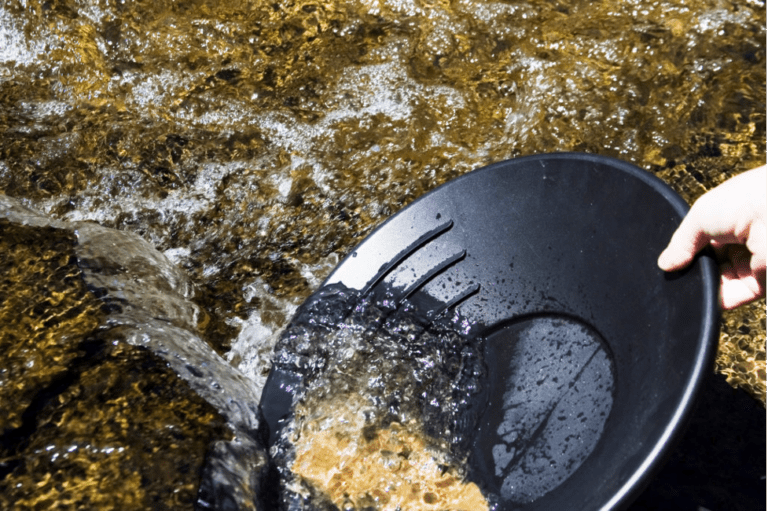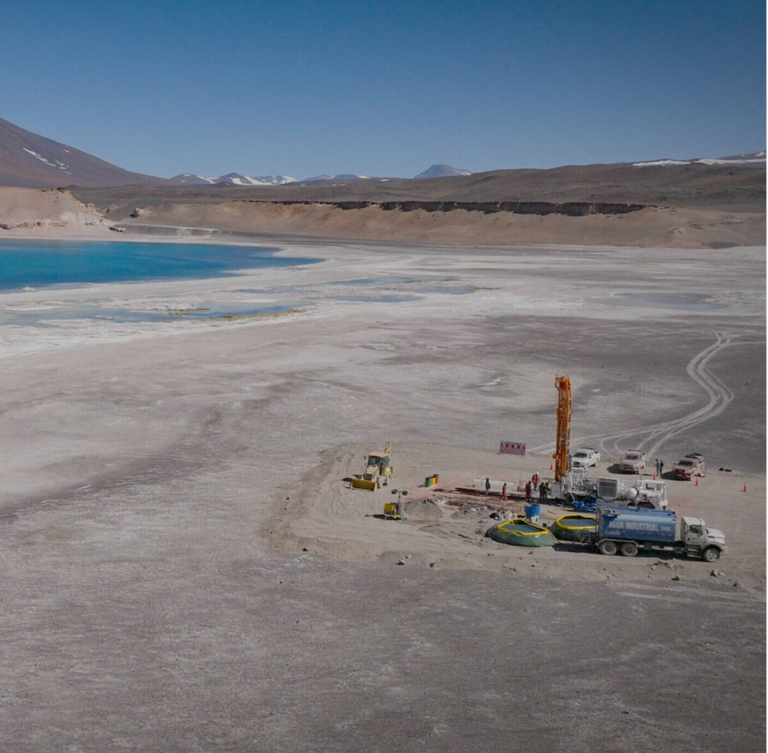This growth is contrary to the industry trends that saw North American public relations firms’ revenues decline by 4% so far this year. At PR Associates our growth indicates much of what we do in science PR and communication cannot be replicated by agencies from other disciplines specializing in business to consumer public relations
Our decision to specialize in Science PR and Communication has been substantiated time and time again by our clients looking for a team that can translate complex information so that it is easily understood and then that same team tell compelling stories that engage and motivate and move their audiences. Like our tagline says—we tell stories to the right people at the right time.
As an example, when Solve FSHD was looking for a PR firm to publicize announce Chip Wilsons C$100 million contribution to find a cure for FSHD by 2027, they chose PR Associates. Same story with GlycoNet, the glycomics centre of excellence, BioCanRx the centre of excellence for cancer research, the Alberta Machine Intelligence Institute (Amii), SHARC Energy and Boart Longyear AI were looking for a PR firm to tell their story they chose PR Associates because of our Science PR and communication expertise.
Promotions


Swati Mehta
our Senior Account Manager was promoted to Account Director and will continue to lead a diverse portfolio of accounts with an emphasis on strategic public relations and communication. Swati has consistently demonstrated leadership in helping our clients who are solving some of the world’s most pressing challenges, navigate and build trust, and relationships and get noticed among media, stakeholders, and government.
Swati is a skilled communicator and strategist who brings a unique view given her experience across public relations, strategic communications, and reputation management. Having worked with some of the most reputed international communications firms and clients for more than a decade Swati has in-depth knowledge and understanding of the communication industry. Noted for bringing her creative spin to even the most ordinary projects in making them extraordinary is what she is known for. She successfully creates integrated campaigns that are compelling and drive tangible results. Swati is a strategy and ideation engine.


Celine Barton has been promoted to Account Executive and will continue to support the client services and marketing teams.
Celine is a people person who is driven by creativity. Lover of a good story, a knack for interesting ways to communicate them. Self-proclaimed stylist and makeup artist, mom of three Frenchies. Motivated by making connections, going the extra mile, and being up to date on the latest trends in the media landscape. TikTok addict, mixologist, avid concert attendee.
New Team Members


We were also pleased to welcome Brian Murphy to our team as an account manager. Brian has two decades of experience producing award-winning media content and as a media relations specialist. Just out of university his first job was as a journalist; his beat: fires, and police. That was good preparation for producing live TV news shows. Next came directing, writing, and producing documentaries, and investigative pieces for CBC, and science shows for Discovery and National Geographic. That interest in science led to senior communicator positions at two Canadian universities—the University of Alberta for the Faculties of Science and Engineering and the University of British Columbia for Faculty of Medicine promoting its role in teaching and research across the province’s health authorities.
Forbes article: Science needs PR
It was a privilege to be published in Forbes recently about why science needs PR. I think we can all agree that Science has been having a hard time of it recently—A Pew Research Centre study (February 2022) says trust in scientists and medical scientists, once seemingly buoyed by their central role in addressing the coronavirus outbreak, is now below pre-pandemic levels. Public confidence in scientists and medical scientists has declined over the last year. Overall, 29% of adults say they have a great deal of confidence in medical scientists to act in the best interests of the public, down from 40% who said this in November 2020. Similarly, the share with a great deal of confidence in scientists to act in the public’s best interests is down by 10 percentage points (from 39% to 29%).
These days it feels like science is on the losing end of public opinion.
In a recent 3M State of Science Survey, 32% of those surveyed believe their life wouldn’t be that different if science didn’t exist. Around the world, we see basic safety precautions like wearing a mask to prevent the spread of Covid-19 go ignored due to the lack of faith in scientific advice preached by public health officials. As if these examples are not reason enough for worry, a recent paper published by the National Bureau of Economic Research suggests that, historically, trust in scientists and the benefits of their work is significantly reduced after global pandemics.
So why, despite all the available evidence, does the public choose not to trust science? Herein lies the public relations challenge.
A Necessary Meeting of the Minds: Science PR and Communications
One of the biggest and most long-standing issues with public understanding of science is a lack of good communication. By nature, most scientific discoveries are complex, resulting from years of investigation and incremental advances, making it difficult to explain them to a layperson. A scientist who is also a good communicator is a rarity, and scientists often struggle to convey the significance and impact of their work. Unfortunately, however, when the scientific voice is silent, the voices of anti-science — ignorance, fear, rumors — increasingly fill the void.
This must change. Without clear, concise communication around scientific discoveries and advances, the field “will continue to be seen as a closed off and elitist realm, and the public will continue to feel shut out, disenfranchised, and suspicious. Science has too long ignored public relations, marketing, and personal branding…” I also believe people are now more inclined to believe conspiracy theories on Facebook and Twitter than their local public health officer. We’re now seeing the impact of all this.
It wasn’t always this way. In the 1950s and ’60s, during the heady days of space travel, vaccines and medical breakthroughs, science was viewed with respect and wonder. We can look to this poignant essay from 2010, in which Rick E. Borchelt, Lynne T. Friedmann and Earle Holland examine why science as an enterprise no longer inspires unalloyed public trust, for insights into this decline. It’s clear we must address the massive trust gap that has emerged between scientists and the lay public, particularly on issues of global concern, such as Covid-19 and vaccination.
The Falling Star of Science Journalism
Another major issue I believe is eroding public trust in science is the decline of strong, investigative journalism. In part because of a generalized downturn and hollowing out of the conventional funding model, traditional media outlets are increasingly letting go of their full-time science journalists along with various other specialists and even generalist reporters.
A Nature survey of 493 science journalists showed jobs are being lost across the sector, and the workloads of those who remain are on the rise. Science journalism boomed in the 1980s and early ’90s. In 1989, the U.S. boasted some 95 newspapers with dedicated science sections. However, it became clear quickly enough that newspaper profits weren’t coming from the science pages, and once the Internet began eating into advertising revenue — the lifeblood of traditional media — the days of dedicated science sections were numbered.
In today’s strained conditions, the mainstream media’s need for quick and accurate science content is being met primarily by public relations departments. Nature’s survey shows press releases to be a top source of story ideas for science journalists, with 39% routinely quoting from them directly. And this happens because science is complex and when information is complex, people make decisions based on their values and beliefs, and then seek affirmation for their attitudes or beliefs, no matter how illogical the view is, and reject information that counters those attitudes and beliefs.
Pluralistic Advocacy… or Is It Ignorance?
The third challenge facing good public relations and science is the fragmented nature of the modern communications landscape — the “echo chamber” we see in today’s media consumption habits, whereby people seek out news and opinions that dovetail and consequently reinforce their own beliefs. Social media algorithms learn our preferences and tailor our content, reinforcing the feedback loop. Thus, those who believe in pseudo-science have their erroneous beliefs validated and, in turn, disseminate the disinformation to their own circles.
While polling indicates that public trust for science has fallen since the Covid-19 pandemic, we are faced with an enormous challenge — and one that we must face together. If we have learned anything in the few years, it is that nothing can be taken for granted and our lives can be upheaved at any moment. We must work to ensure science is valued and taken seriously to ensure it continues to drive advances in human health and public policy. And this means clear, concise communications and public relations that everyone can understand — and believe.








